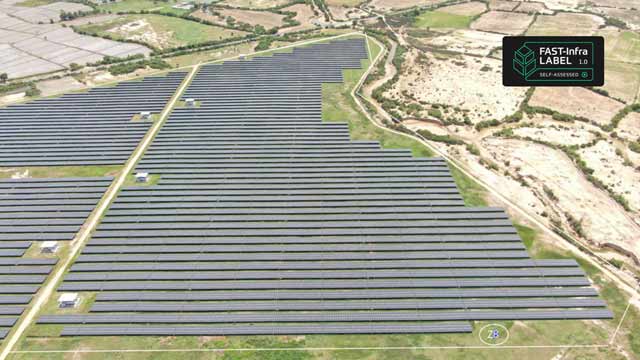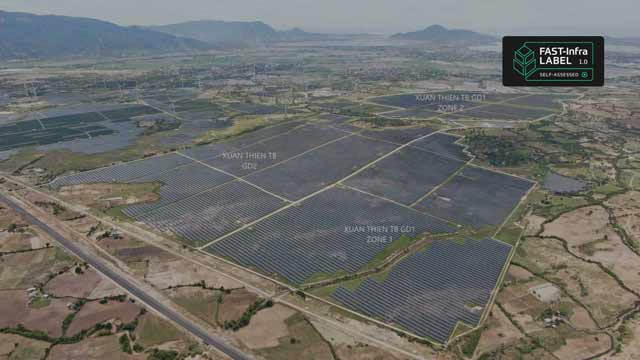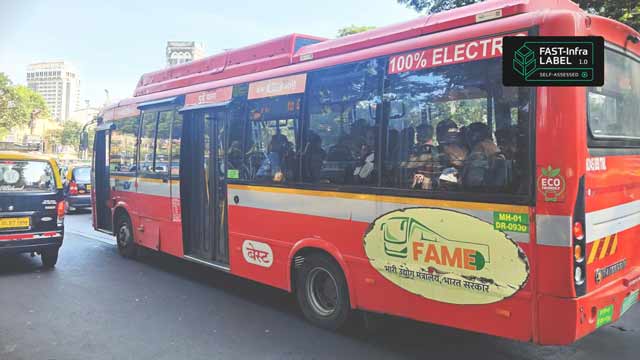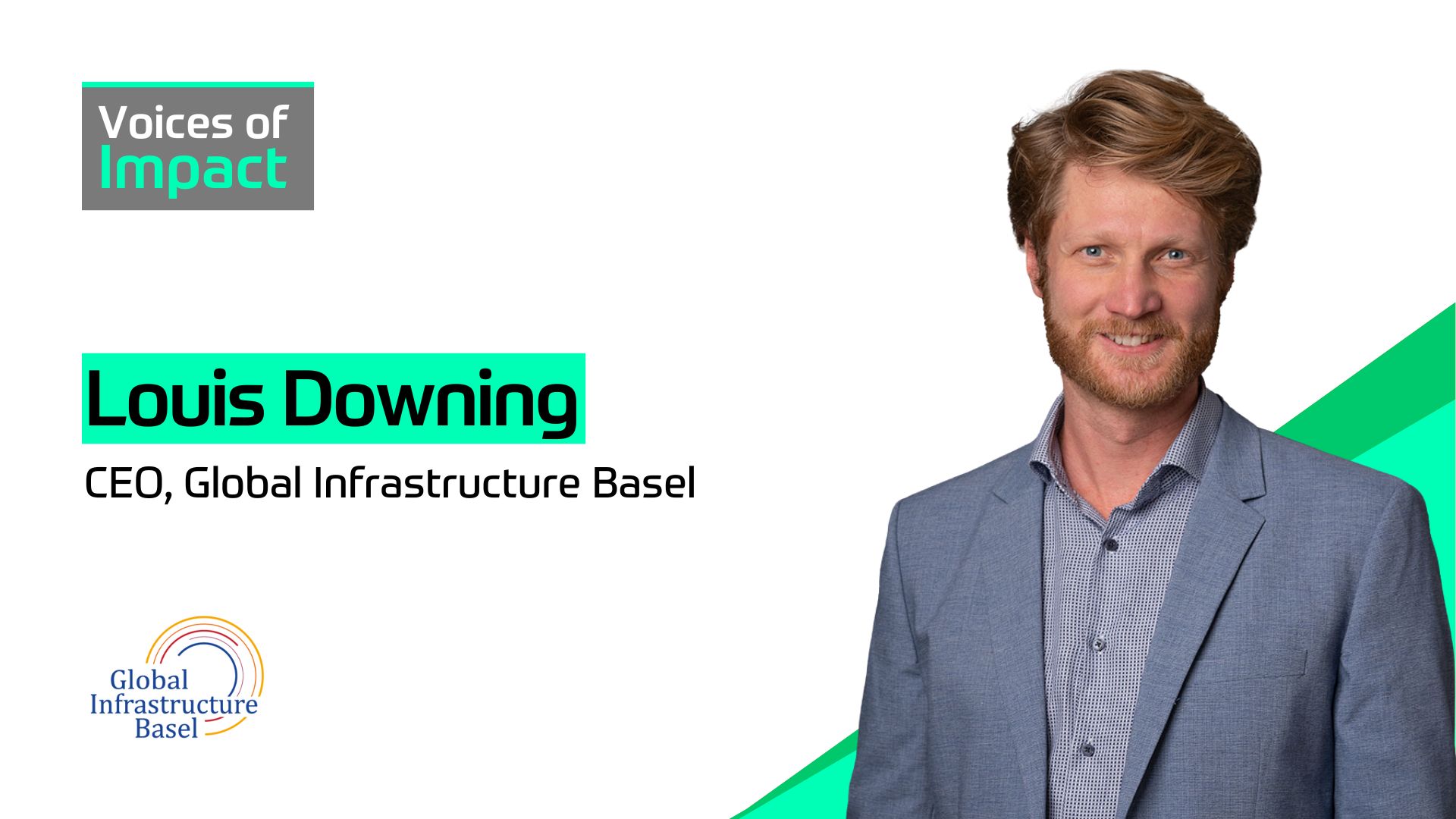
Role of Sustainable Infrastructure Labels in Turning Ambition into Action
What’s a Rich Text element?
The rich text element allows you to create and format headings, paragraphs, blockquotes, images, and video all in one place instead of having to add and format them individually. Just double-click and easily create content.
H1
H2
H3
H4
H5
H6


Static and dynamic content editing
A rich text element can be used with static or dynamic content. For static content, just drop it into any page and begin editing. For dynamic content,

add a rich text field to any collection and then connect a rich text element to that field in the settings panel. Vsadsadsdasdasdasdasdoila!
- A rich text element can be used with static or dynamic content. For static content, just drop it into any page and begin editing. For dynamic content, add a rich text field to any collection and then connect a rich text element to that field in the settings panel. Voila!
- t to that field
- t to that field
-
How to customize formatting for each rich text
How to customize formatting for each rich text
How to customize formatting for each rich text
Headings, paragraphs, blockquotes, figures, images, and figure captions can all be styled after a class is added to the rich text element using the "When inside of" nested selector system.
Louis Downing on Financing Gaps, Emerging Markets, and the FAST-Infra Label.
Based on a recent interview with Sina Finance
As sustainable infrastructure becomes a global priority, the focus has shifted from defining ambition to delivering outcomes at scale. With an $18 trillion global financing gap —especially in emerging markets—there is a need for a systemic shift that aligns capital with high-quality, resilient infrastructure and creates the conditions for scale.
In a recent conversation with Sina Finance, Louis Downing, CEO of the Global Infrastructure Basel Foundation (GIB), outlined how GIB is working to enable that shift. Through financial innovation, globally recognized frameworks such as the FAST-Infra Label, and data-driven insights into infrastructure performance, GIB is shaping a new generation of sustainable, investible assets.
What are the most pressing barriers to scaling sustainable infrastructure globally, and how is GIB working to overcome them?
Two challenges stand out. First, the world faces an $18 trillion sustainable infrastructure financing gap between now and 2040. Second, even when capital is available, investors often face challenges in identifying projects that demonstrate consistent sustainability, resilience, and bankability metrics.
GIB’s approach addresses both the supply and demand sides of infrastructure finance. By embedding sustainability and finance-readiness into project design from the earliest stages, the pipeline of viable projects can grow, particularly in underfunded regions.
“We’re working to reshape how sustainable infrastructure is structured, financed, and scaled—so that capital can flow to the resilient assets the world urgently needs.”
This work contributes to a broader transformation in how sustainable infrastructure is structured, financed, and delivered across markets.
How is GIB promoting financing for sustainable infrastructure in 2025, through the FAST-Infra Label, particularly in emerging markets?
Investor engagement is often hindered by two key challenges: unclear benchmarks for infrastructure quality and fragmented standards for evaluating sustainability. The FAST-Infra Label, a global labelling framework designed to evaluate the sustainability and resilience performances of infrastructure projects, addresses both.
The Label establishes a common definition of what sustainable and resilient infrastructure looks like, enabling alignment across developers, investors, and policymakers. By embedding sustainability, resilience, and financial credibility into project planning, the Label strengthens bankability at its source.
“The FAST-Infra Label creates a shared language across the market—building trust, improving transparency, and making sustainability investible.”
In emerging markets, early-stage risks present a particularly acute challenge for infrastructure development. Developers often struggle during the critical development phase—facing high risks while lacking the funding needed to refine project design or meet investor expectations, which means many projects fail to reach financial close.
To bridge this gap, GIB has launched an innovative repayable grant mechanism:the FAST-Infra Access Programme, supported by the Swiss State Secretariat for Economic Affairs (SECO). The programme helps project developers apply for the FAST-Infra Label, offering technical training and support throughout the process. Once a project earns the Self-Assessed Label, developers become eligible for the grant, which covers the cost of third-party verification needed to obtain the FAST-Infra Verified Label.
Two projects have already been accepted and are currently undergoing third-party verification. The key innovation lies in the grant’s repayment structure: it is only repayable if the project successfully reaches financial close. This approach reduces early-stage risk for developers while creating a revolving pool of capital to support future projects—unlocking more high-quality, sustainable infrastructure in emerging markets.
Looking ahead, what will it take to influence investor behavior and unlock private capital at scale?
GIB’s recent white paper, Improved Financial Performance of Sustainable Infrastructure in the Context of Climate Change, presents compelling evidence for sustainable infrastructure as a high-performing asset class.
The research shows that sustainable infrastructure consistently outperforms conventional assets—achieving 10–20% higher cumulative returns over 10 to 15 years, across both net-zero and limited climate action scenarios. This performance is driven by two key factors:
- Lower exposure to transition risks, such as stranded fossil fuel assets
- Greater resilience to physical climate shocks, which reduces revenue volatility and insurance costs
Despite the financial and climate advantages, institutional allocations to sustainable infrastructure remain low. GIB is working to expand these flows by reducing barriers to entry. Frameworks like the FAST-Infra Label improve data transparency, lower due diligence costs, and provide a consistent definition of sustainability.


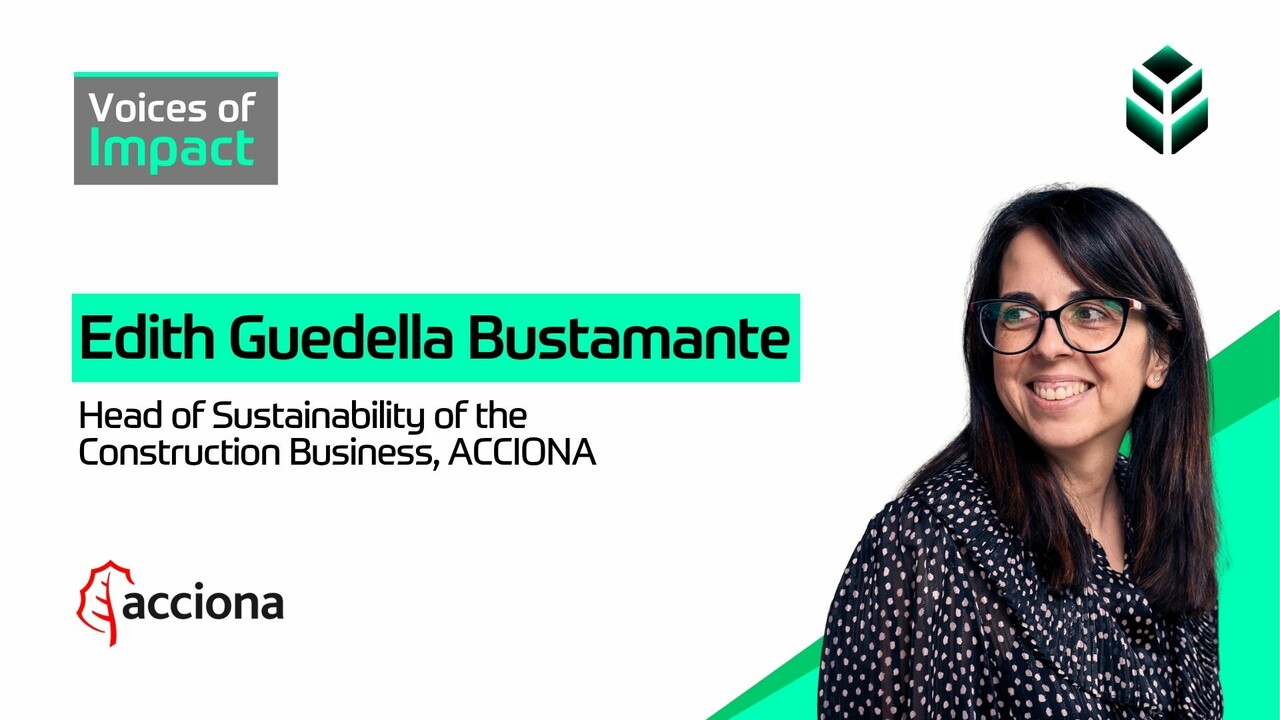



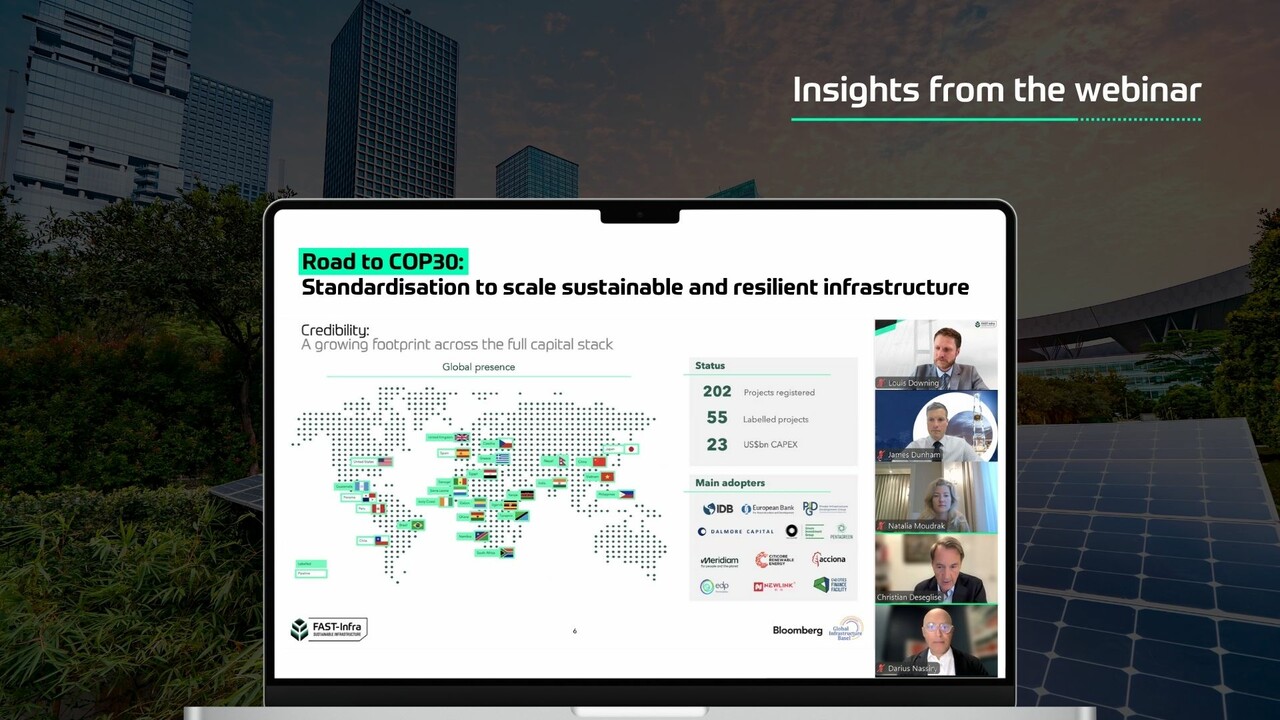


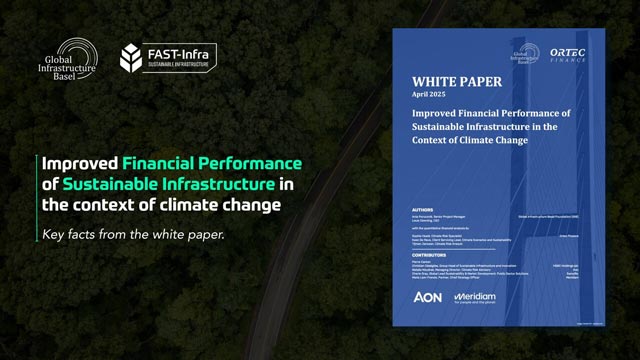


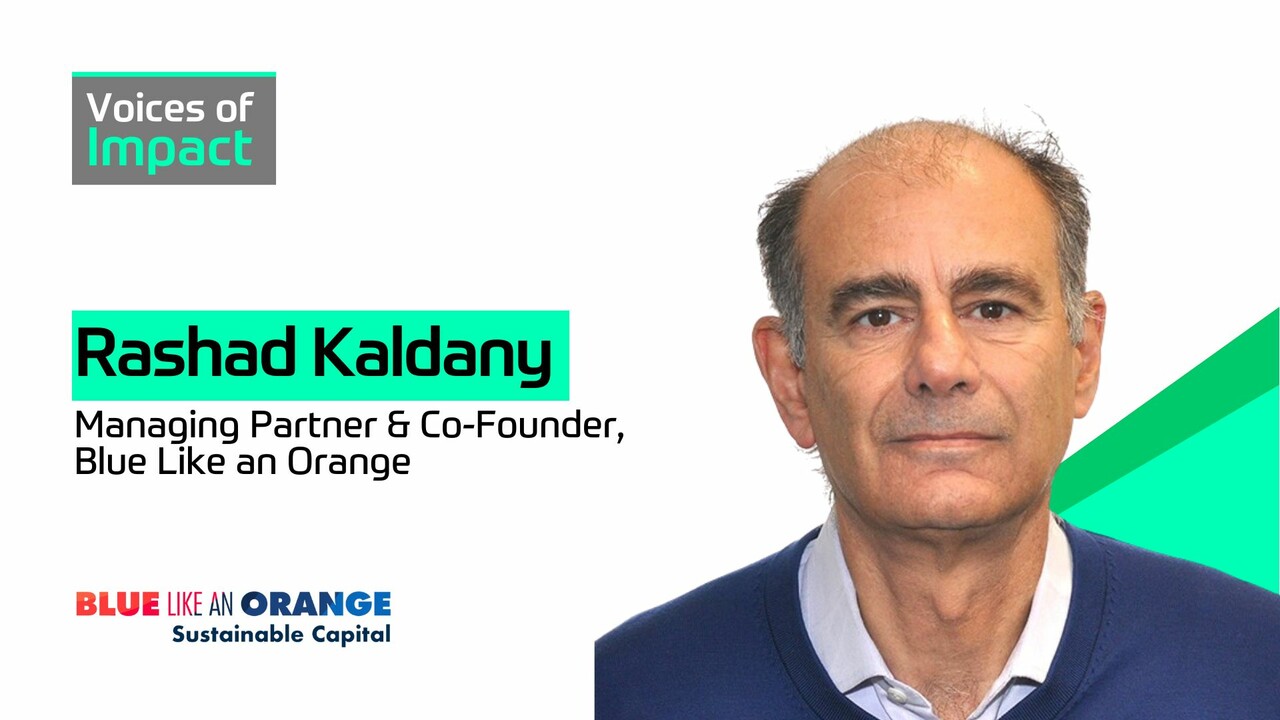
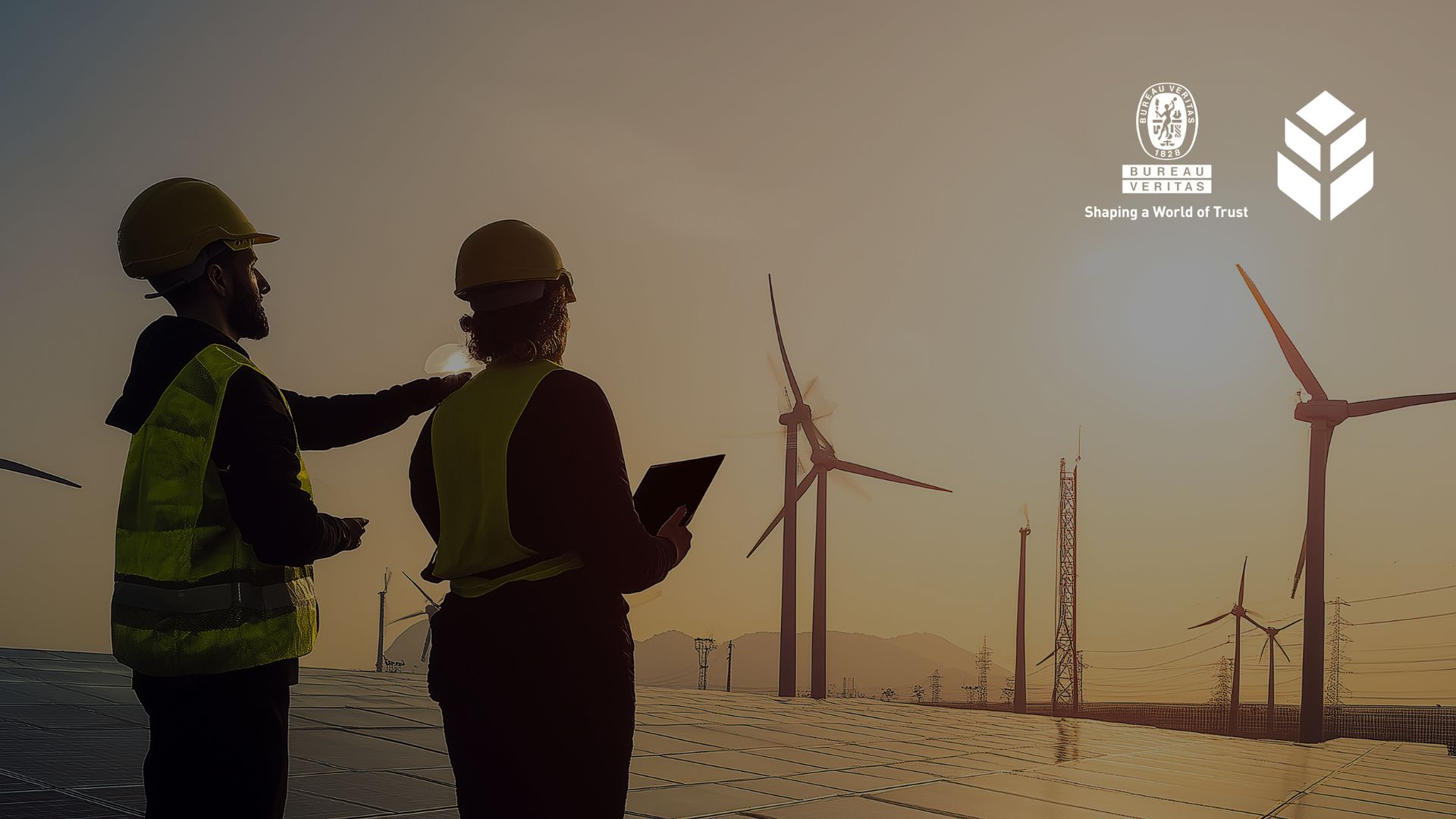

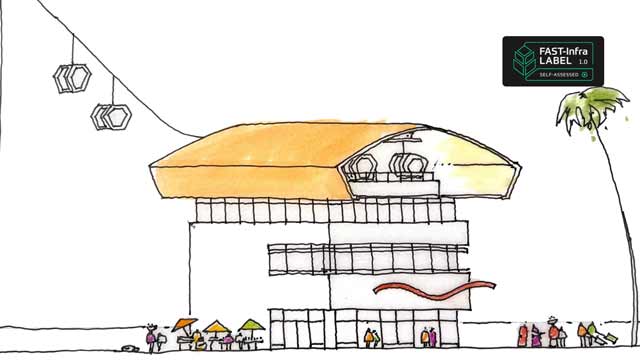






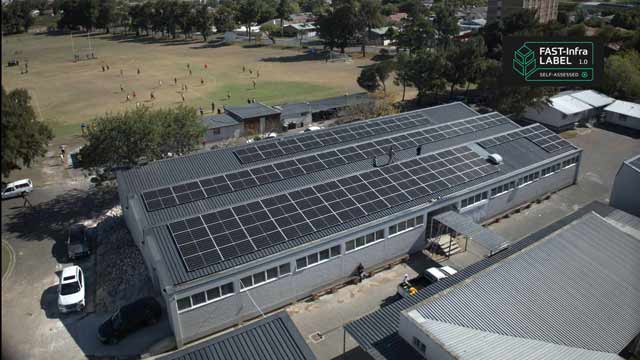

.jpg)


.jpg)


.jpg)
.jpg)
.jpg)
.jpg)
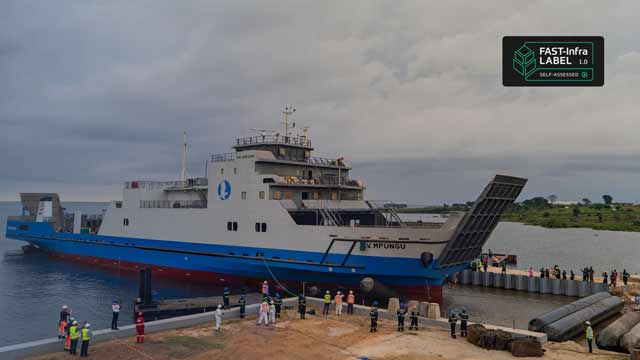
.jpg)




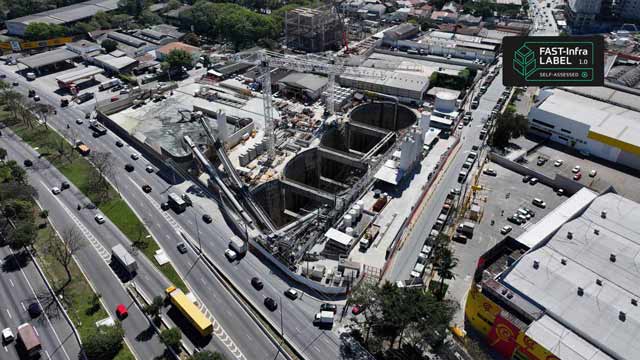




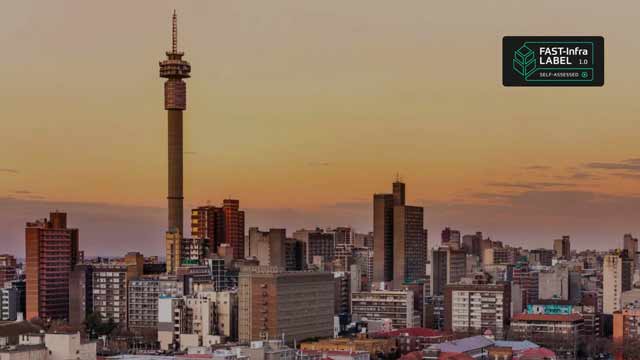








.webp)
.webp)


